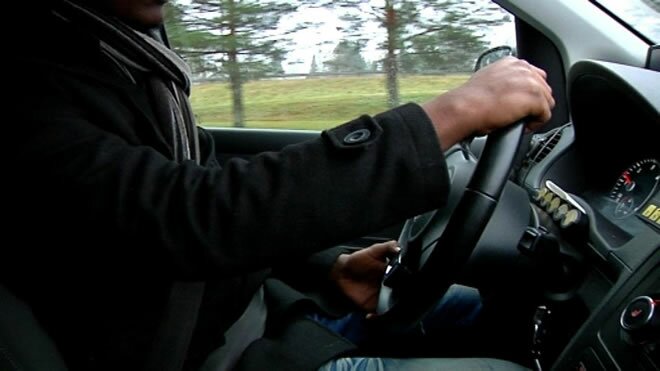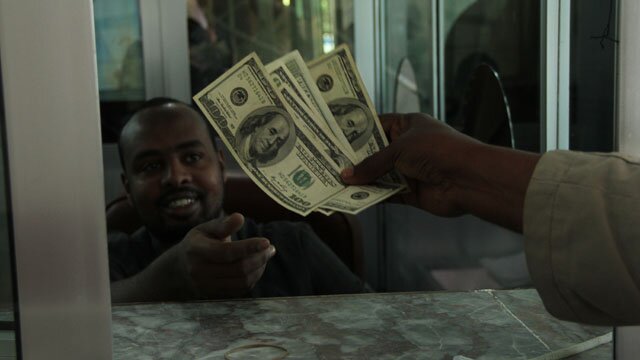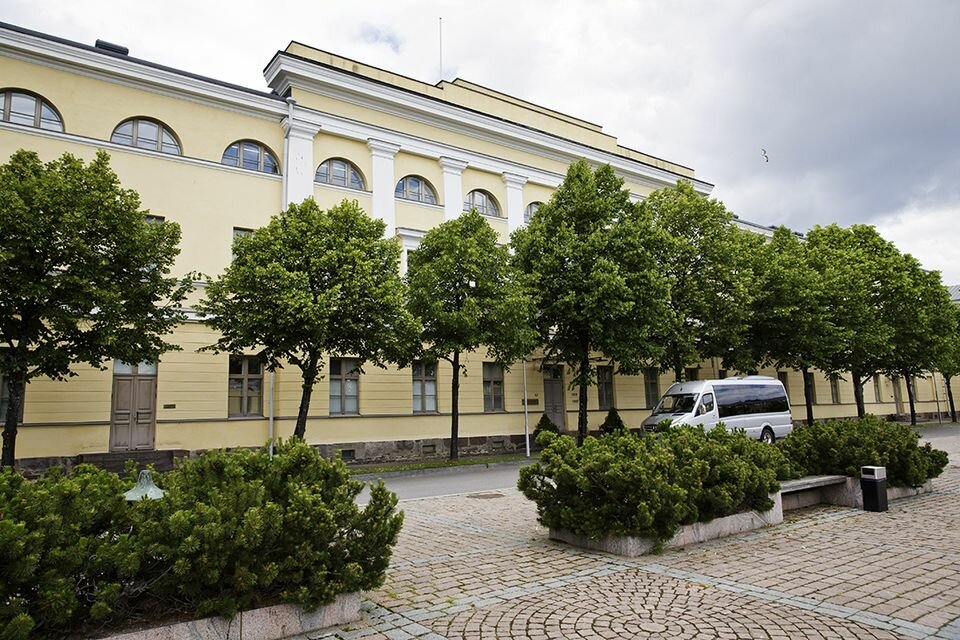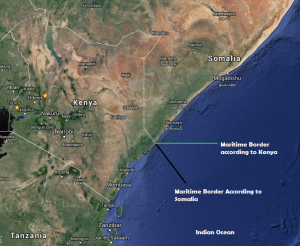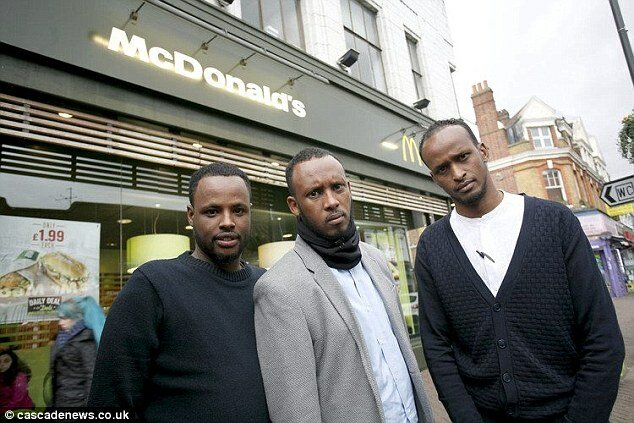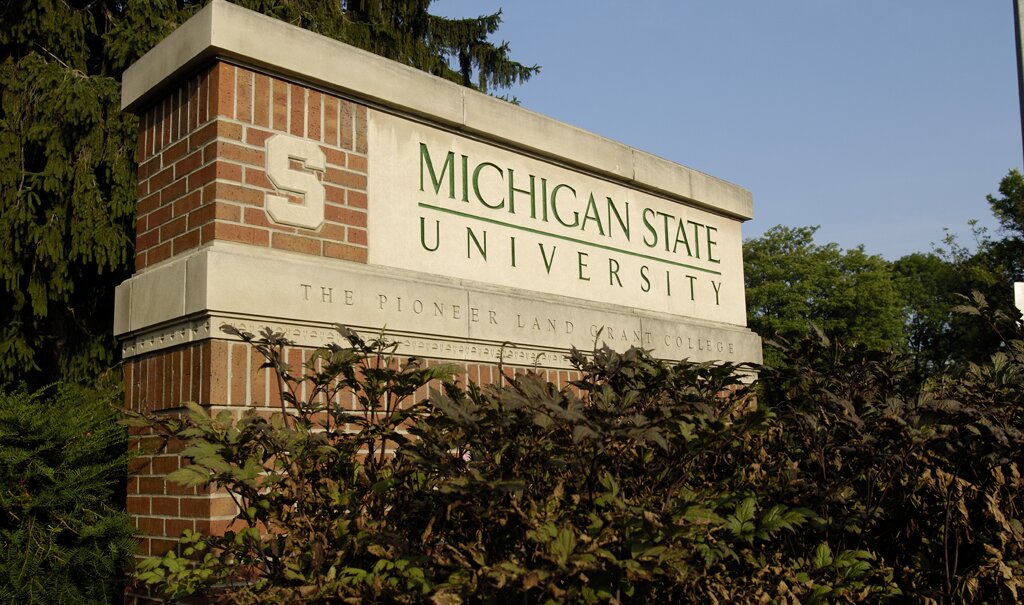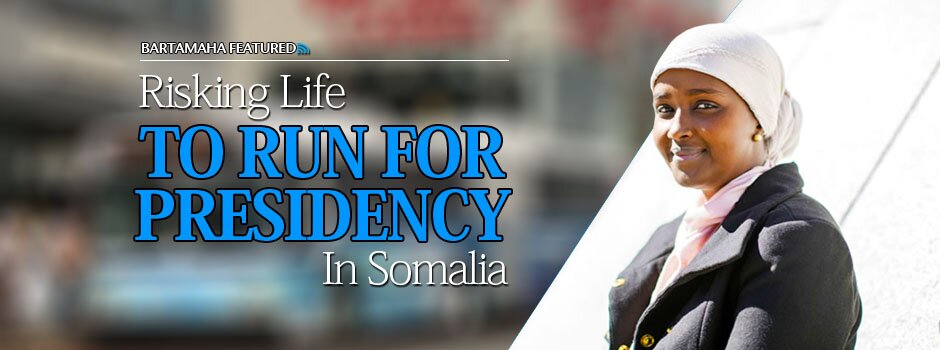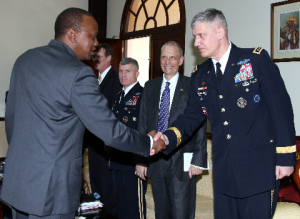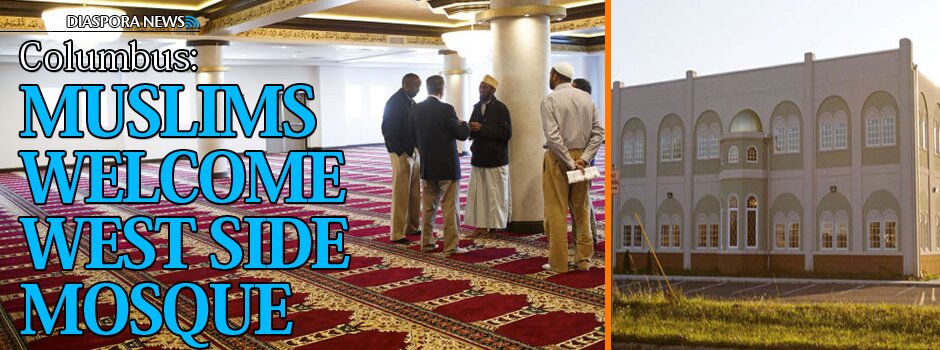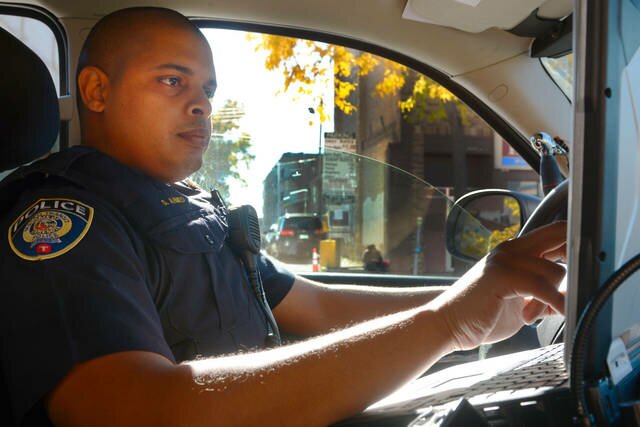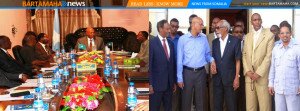Together again: Six Somali refugee children finally come home to Utah
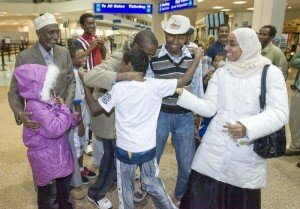
After five years, knowing that his children were finally in Utah was a joyous occasion for Somali refugee Yusuf Shaali, left, at Salt Lake City International Airport Thursday night. His youngest daughter, Rahma Mustafa, is in purple. His son Abukar Mustafa, center, embraces a well-wisher. To his right are siblings Abdulahi Mustafa and Maryan Mustafa, who have also just arrived. (Paul Fraughton / The Salt Lake Tribune)
Bartamaha (Utah):-Five years after painfully leaving his children behind in Kenya, believing they would soon follow him to America, refugee Yusuf Shaali sat at the Salt Lake City International Airport and learned their plane was late. Six of his children were traveling more than 9,000 miles for a much-belated reunion that had required lawyers and DNA samples, patience and faith.
Not every family is so fortunate. In 2008, the United States froze its family reunification program for refugees amid allegations of fraud, particularly from Africa, the source of nearly all requests to join relatives in America.
By 11 p.m. Thursday night, Shaali was anxious. He had never expected to live so long in Utah without his children crowding the house.
–
‘You’re not living.’ » Nearly two decades ago, during Somalia’s civil war, Shaali’s growing family would lie awake at night waiting for raiders to smash the door in with a gun. The rice, corn, sugar and salt were in as much demand as the chairs. “They took everything, down to a glass,” he recalled through an interpreter.
Marauders twice cut a watch off Shaali’s wrist. They put a gun to his head and demanded money even when he had nothing left.
How many times? He can’t count. Temporary nomads, they traveled from village to village by boat on the Indian Ocean: always running. “You’re not living,” recalled his eldest daughter, Fatima Mustafa.
One night she fled with her sister Maryan, and, in the chaos, was separated from her parents for several years. The family managed to reunite with the girls in Kenya, where Shaali decided to move because their country had grown too dangerous. By then, two of his sons had been shot and killed while trying to escape Somalia by boat.
In Kenya, they were so poor sometimes the family woke up without food in the house. Hoping to start over in America, the family began to arrive like links in a chain. In Utah they were joining hundreds of other Somali refugees, the state’s largest refugee resettlement group over the past decade. More than 1,400 Somalis have resettled here since 2000.
First in 2000 came Fatima’s husband, Said Mohamed. Three years later, Fatima arrived with her three boys and petitioned for her parents and siblings to follow. In 2005, Shaali interviewed with U.S. Citizenship and Immigration Services. Confusion over his three marriages and an error in his children’s names led officials to offer only him and his current wife the chance to come to Utah.
They balked, but were persuaded the separation from the 10 living children from two marriages would be short.
–
Still waiting » On Thursday, the day the family’s prayers were answered, Fatima stood in the kitchen, preparing a celebratory feast. For the past six days, she and her mother, Halima Hassan, had worked steadily, mixing and baking a dish per day. Fatima dropped a triangle of dough into boiling vegetable oil and waited for the sambusa, a pastry stuffed with carrots, potatoes and onions, to cook.
She had collapsed in exhaustion the evening before after several excited, sleepless nights. A 3 a.m. inventory shift at Walmart, where she stacks fruit and vegetables in the produce department, contributed to her fatigue.
As she cooked, her father taught Swahili at a community center nearby, awaiting the children’s 11:06 p.m. arrival time.
More than once, this day had seemed impossible. Staff at Catholic Community Services of Utah, which helps resettle refugees, helped the parents apply for the children a few months after they arrived in Salt Lake City. Federal officials asked for more evidence and the case inched forward. Nearly a year later, nine of the children were interviewed at the U.S. embassy in Nairobi. One daughter had died of malaria while waiting.
More questions arose about inconsistencies in the children’s stories regarding mosques and madrasas, or schools. More than two years passed.
“It was heartbreaking,” said Alyssa Williams, an immigration attorney at CCS. “We were put in the unenviable position of having to explain to a mom and dad the bureaucracy that was keeping a family separated.”
While the paperwork stalled, two children drowned. And another, an older son, died in his sleep.
Shaali agreed to DNA testing, thinking it would jump start the case. A testing kit was sent by Federal Express to Kenya, where the children’s cheeks were swabbed. The samples were returned to the United States, leaving Shaali with hundreds of dollars in bills CCS donors helped him pay.
Years ago, family reunifications made up 20 to 30 percent of the refugees who came to Utah each year through CCS, estimated Aden Batar, refugee resettlement director. That number has dropped to about 5 percent or less.
“We have thousands and thousands of families [in the U.S.] who are here and are waiting to hear when the family reunification program will reopen,” he said.
The program, which had been able to confirm a biological link to claimed relatives in fewer than 20 percent of cases, remains under review by federal officials.
–
Arrival » Though they had an uncle nearby, the surviving six children — now ranging from age 10 to 22 — primarily lived on their own in the house they once shared with their parents. The family in Utah sent money to support them. When a relative married last summer, the parents and Fatima traveled back to Africa for the event. But they had to leave the children behind once again.
Shaali wanted them home, with the chance to go to school in America. In Kenya, “if you don’t have the money to pay the fee, the kids get nothing,” the father said.
Finally, in a single phone call, everything changed. Science had proven this family’s connections were real.
More than 30 family and friends stood in the arrival hall at the Salt Lake City airport Thursday night. The women’s heads were wrapped in a rainbow of scarlet and periwinkle cloth. Playful cousins and brothers rode the escalator while mothers hovered.
Suddenly, 10-year-old Rahma Mustafa sprinted down the airport hall, a streak of electric purple, her arms spread like wings aimed toward her father. Grief and joy was in their embrace.
The five other children –Mustafa, Maryan, Abdulahi, Abukar and Farhiya — poured out behind her as the family swirled. No one held up balloons or signs to proclaim the gravity of the event. Few pictures were taken. They were ready to go home. Together.
As Shaali and his youngest daughter walked to the parking lot under a full moon, she stayed close, her eyes large, her hand finally in his.
[email protected]
——————
Source:- sltrib.com
Comments
comments
 Calendar
Calendar







